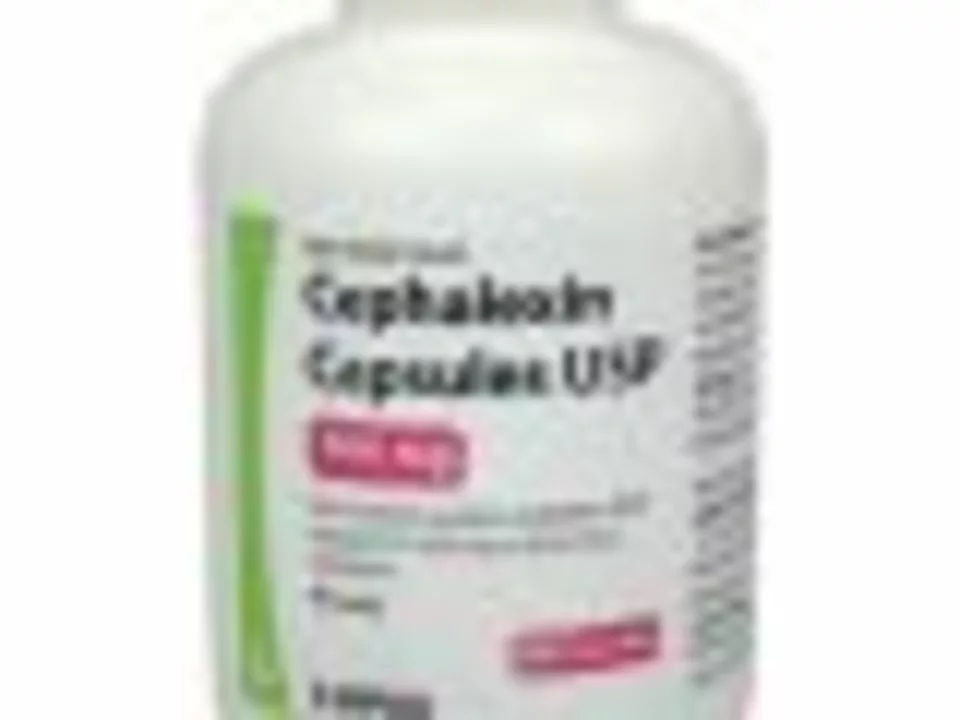Wound Infections: What They Are and How to Deal With Them
If a cut or scrape starts turning red, swells up, or hurts more than it should, you might be looking at a wound infection. Those signs don’t have to turn into a serious problem if you catch them early and act fast. In this guide we’ll walk through the most common clues that an infection is brewing and give you straightforward steps to clean, treat, and keep wounds from getting worse.
How to Recognize a Wound Infection
The first thing to watch for is color change. A healthy wound stays pink or light red; if it turns bright red or deep crimson around the edges, that’s a warning flag. Next, feel the area – swelling, warmth, and throbbing pain are classic infection signs. Any pus or cloudy fluid oozing out means bacteria have taken hold.
Fever is another red alert. Even a low-grade temperature (above 100°F/38°C) signals your body is fighting something off. Lastly, notice any foul smell; it often points to tissue breaking down under infection. Spotting these clues early can save you a trip to the ER.
Simple Steps to Treat and Prevent Infections
Start by cleaning the wound gently with mild soap and cool water. Don’t scrub hard – you just want to rinse away dirt and debris. After rinsing, pat it dry with a clean towel or gauze. Apply an over‑the‑counter antibiotic ointment like bacitracin or Neosporin; this creates a barrier against bacteria.
Cover the wound with a sterile bandage that keeps moisture in but lets air circulate enough to avoid maceration. Change the dressing at least once a day, or sooner if it gets wet or dirty. Keep an eye on the wound for any worsening signs and replace the bandage each time you check.
If the infection looks moderate – growing redness beyond the edges, increasing pain, or spreading swelling – it’s time to see a healthcare provider. They may prescribe oral antibiotics such as amoxicillin‑clavulanate or a topical prescription cream, depending on the bacteria involved.
Prevention is easier than cure. Wash your hands before touching any cut, and avoid using harsh chemicals like hydrogen peroxide for long periods; they can delay healing. Keep chronic conditions like diabetes under control because high blood sugar makes infections more likely.
A healthy diet rich in vitamin C, zinc, and protein also supports skin repair. If you’re prone to frequent wounds (e.g., athletes or people with varicose veins), consider using silicone dressings that reduce scar formation and lower infection risk.
In short, spotting the early signs, cleaning properly, and staying on top of dressing changes are your best tools against wound infections. When in doubt, don’t wait – a quick call to your doctor can prevent a small problem from becoming a big one.

Cephalexin for Wound Infections: A Comprehensive Guide
As a blogger, I recently came across an informative guide on Cephalexin for wound infections. This comprehensive guide explained the benefits of using Cephalexin as an antibiotic for treating various types of skin and soft tissue infections. I learned about the correct dosages, potential side effects, and how it works to combat bacteria. It's important to consult a healthcare professional before starting any antibiotic treatment. Overall, it's a helpful resource for understanding the role of Cephalexin in treating wound infections.